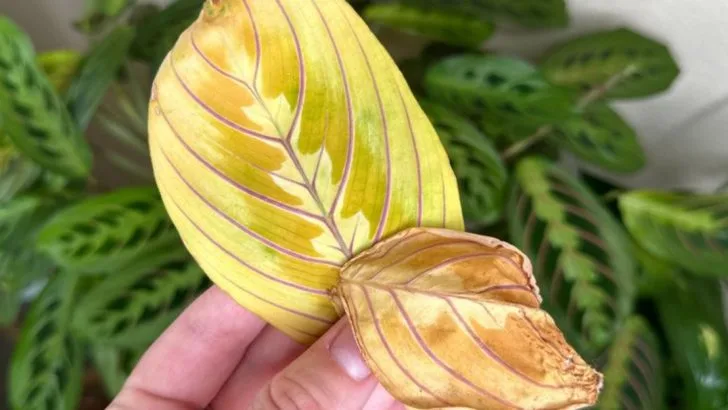Plants may not speak in words — but they’re constantly communicating. The droop of a leaf, a sudden color shift, or even a mysterious scent can all be signs your plant is trying to tell you something. Seasoned gardeners know: if you pay attention, plants will talk back.
From silent cries for help to subtle signs of joy, this list uncovers 16 unforgettable moments when plants ‘spoke’ — and what their message really was. Whether it was a tomato plant wilting dramatically just before a heatwave, or an orchid blooming unexpectedly after years of silence, these stories prove one thing: your garden is always in conversation with you.
Get ready to tune in to what your plants are really saying — and discover how listening closely can change the way you grow.
Drooping Leaves
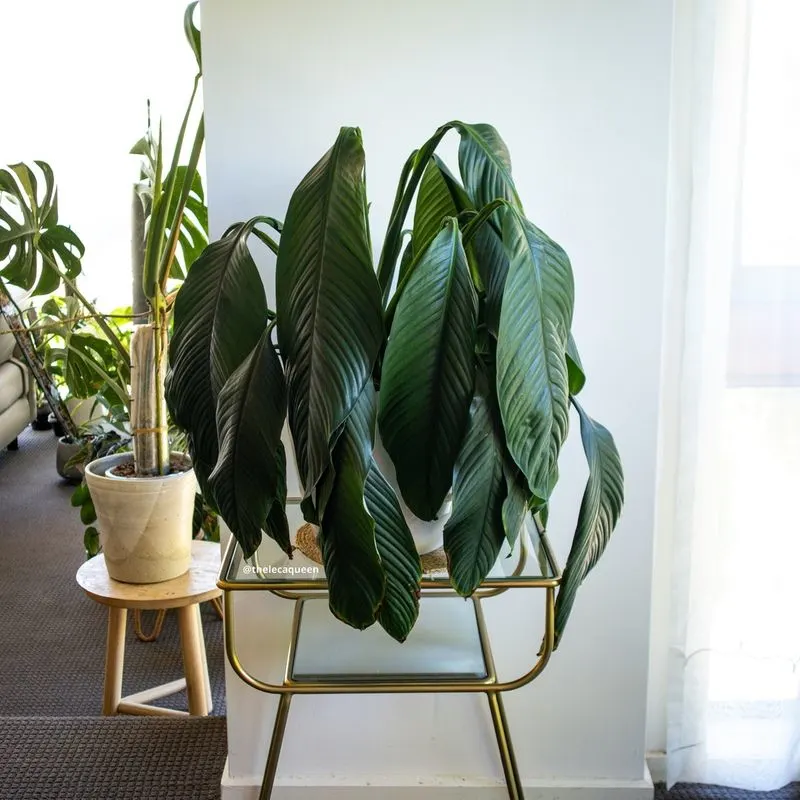
Ever noticed your fern looking a bit sad? Those drooping leaves are a cry for attention. Usually, it’s a sign of thirst, but don’t rush to water just yet. Check the soil moisture first. Overwatering can be just as problematic, leading to root rot.
Adjust watering routines based on the plant’s environment. If your fern resides near a heater, it might need more frequent hydration. By listening to its silent signals, you ensure it thrives.
This tender communication invites you to engage more intimately with your plant’s needs, fostering a deeper bond.
Yellowing Foliage
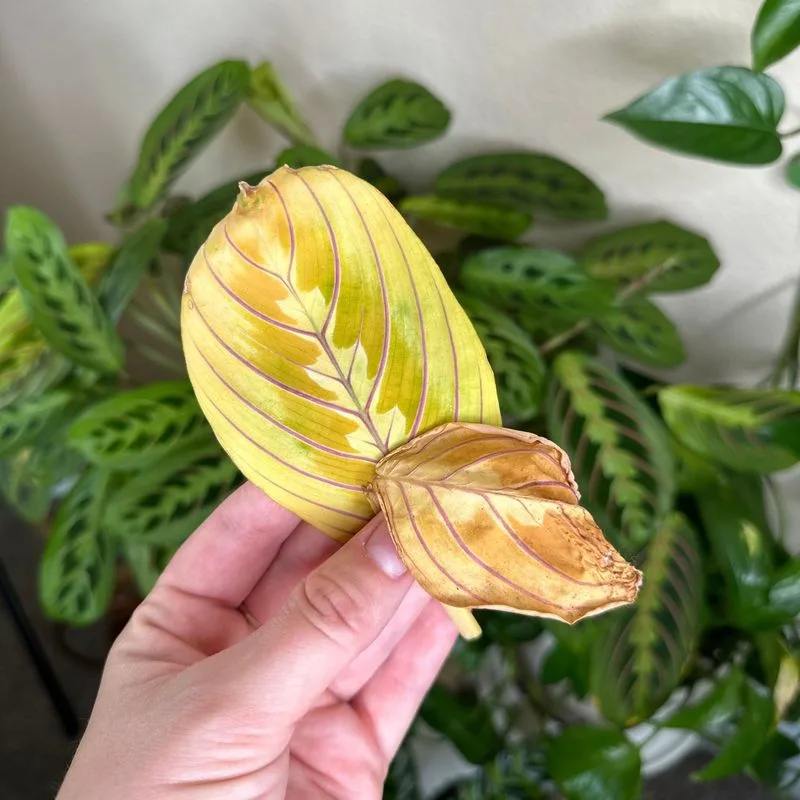
When foliage turns yellow, your plant is waving a flag, signaling distress. Often, this is due to nutrient deficiencies, particularly nitrogen. Investigate the soil’s condition and consider enriching it with organic fertilizers.
Sometimes, over-watering causes yellowing, as roots suffocate without enough oxygen. Assess drainage and adjust watering habits accordingly.
This yellow display isn’t just a cosmetic concern; it’s a critical plea for help. By responding promptly, you can rejuvenate your plant’s vitality, showcasing the importance of attentive gardening.
Wilting Despite Water
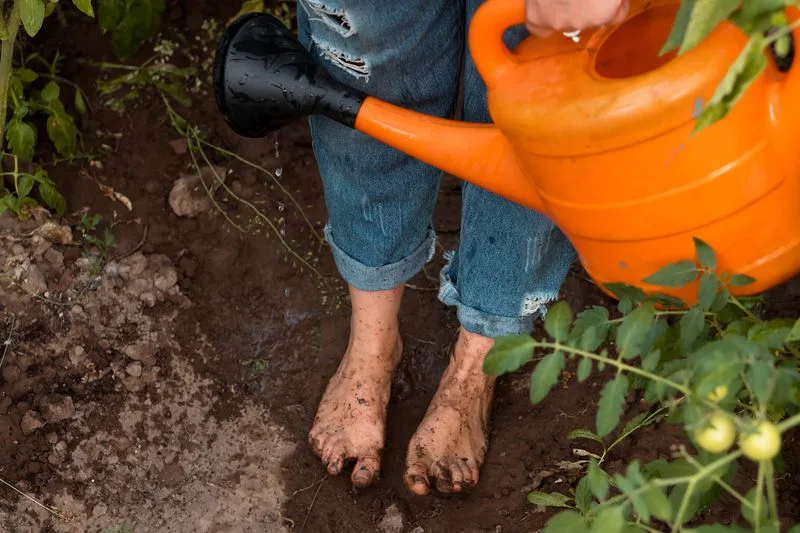
A wilting plant despite ample water might seem like a paradox. However, this often indicates root damage or disease, preventing water uptake. Examine roots for signs of rot or pests.
Consider transplanting if roots seem cramped. Providing space encourages growth and recovery. Sometimes, soil health contributes to the issue.
Enriching the soil with compost can improve its texture and nutrient profile. This situation reminds gardeners of the complex relationship between plants and their environment. It’s not always what it seems.
Browning Leaf Tips
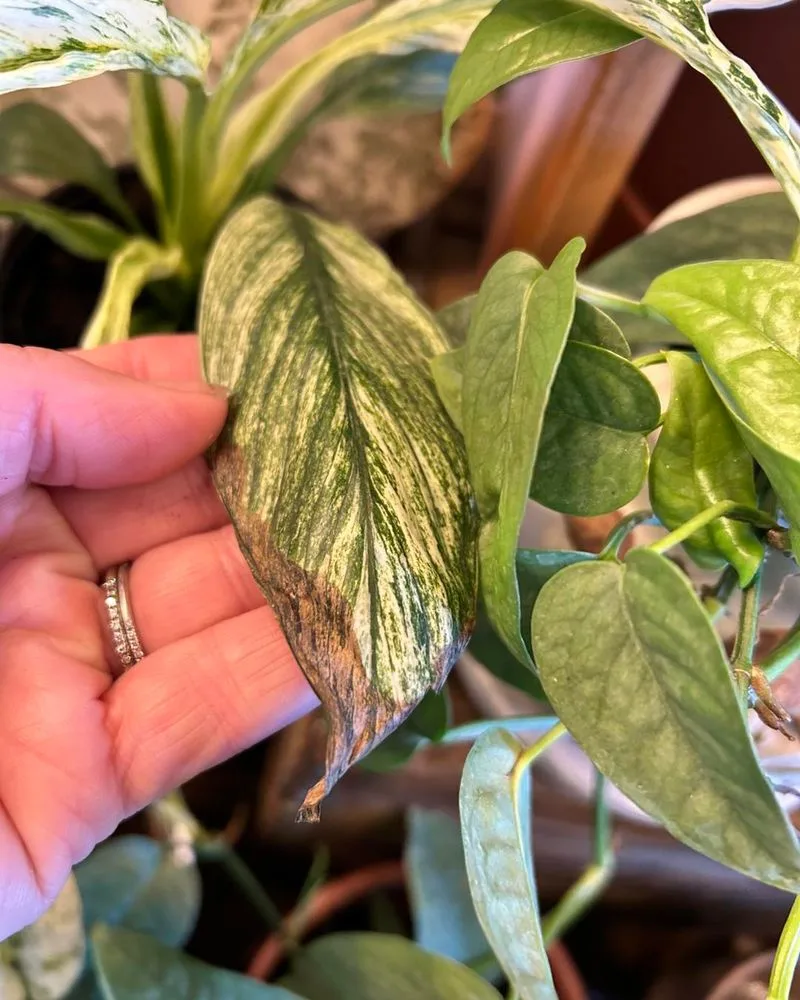
Browning tips on leaves whisper tales of environmental stress. Often, the culprit is dry air or accumulated salts from fertilizers.
Consider misting plants or using a humidifier to increase moisture levels. Flushing the soil can remove excess salts, offering relief.
By addressing the underlying causes, you ensure healthier foliage. This subtle conversation reflects the plant’s adaptive strategies and the gardener’s role in facilitating comfort.
Curling Leaves
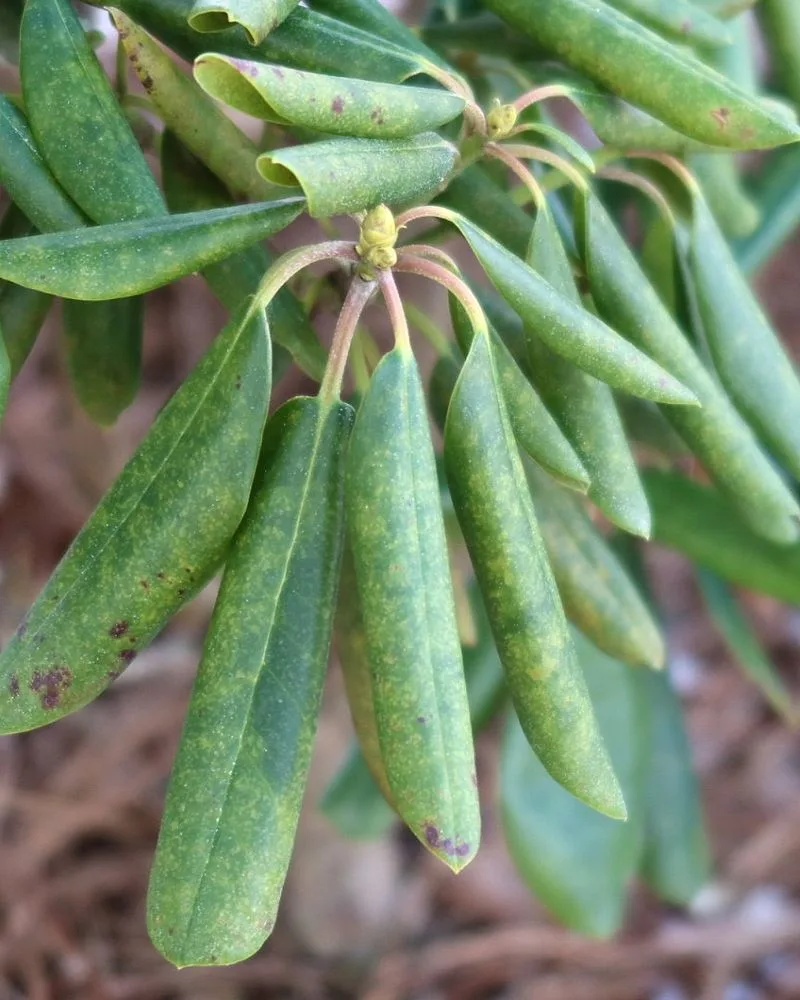
An unusual sight, curling leaves may indicate a pest problem or environmental stress. Aphids or mites could be hiding, sapping vitality. Inspect leaves closely for any unwanted visitors.
Environmental factors like excess heat or too much direct sunlight can cause curling. Adjust the plant’s location or provide shading as needed.
This curling dance might seem mysterious, but it’s simply the plant’s way of signaling its discomfort. By interpreting these cues, you can restore harmony to its living space.
Mushrooms at Base

Mushrooms sprouting at your plant’s base might surprise you, yet they signify rich, organic soil. These fungi aren’t harmful but indicate the soil’s health and decomposition activity.
While mostly benign, if mushrooms become abundant, consider adjusting watering practices. Excess moisture can foster overgrowth.
Embrace this fungal appearance as a testament to your soil’s quality, but maintain balance to ensure your plant thrives without competition.
Stunted Growth
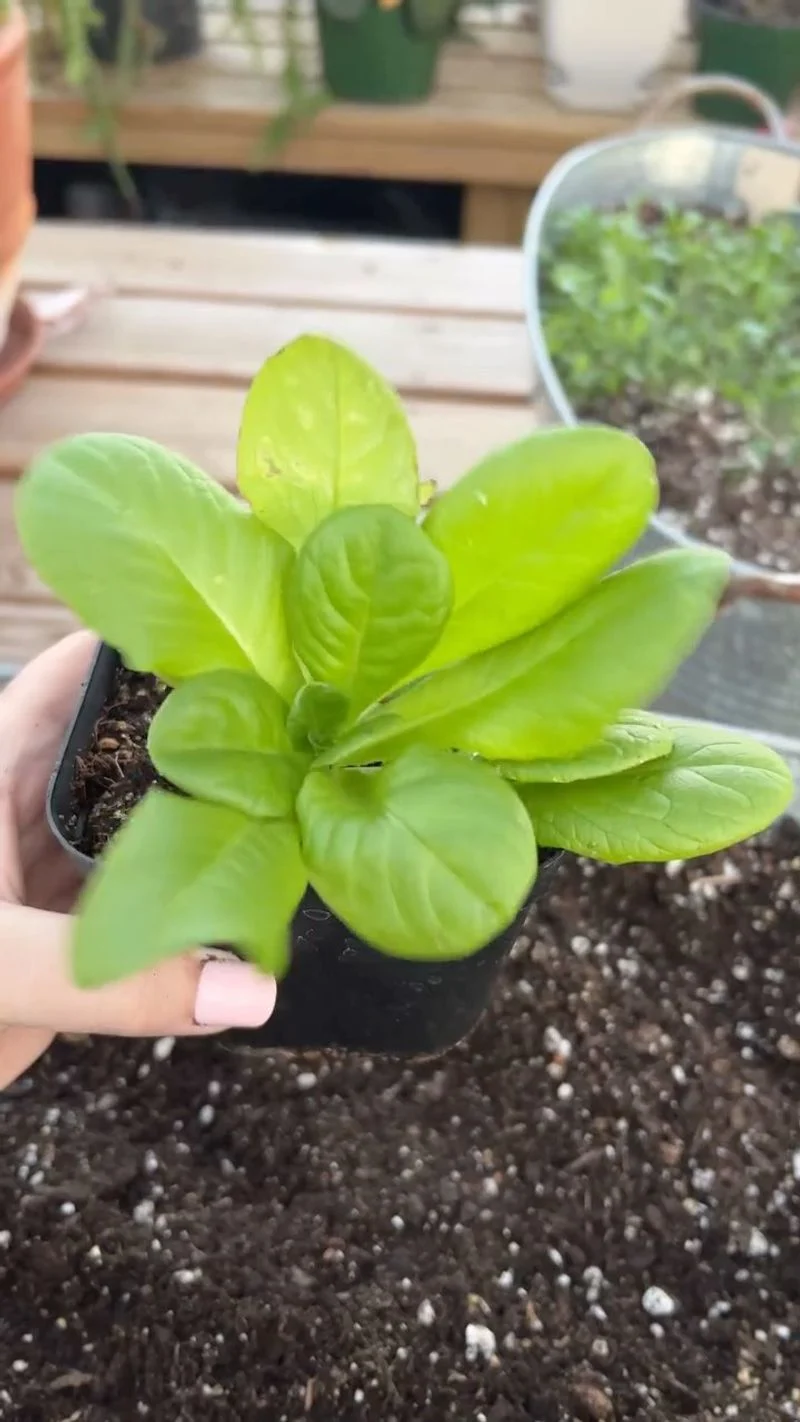
Stunted growth speaks volumes about a plant’s struggle. Often, compacted roots or poor soil conditions are to blame. Transplanting to a larger pot or amending the soil can stimulate growth.
Nutrient imbalances may also hinder development. Tailor your fertilizer use to the specific needs of your plant.
By recognizing and responding to this plea, you
Leaf Spots and Blotches
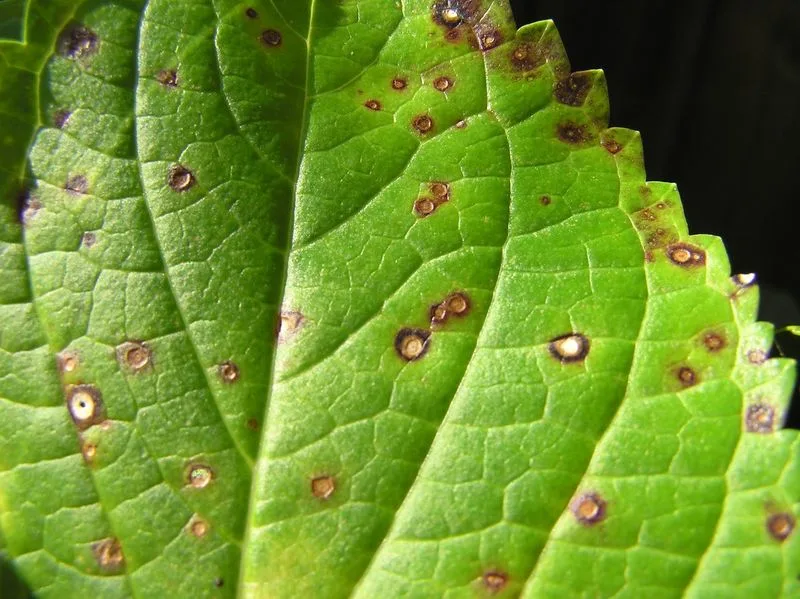
Ever noticed mysterious spots on your plant leaves? These spots, often in varying shades of brown or black, are more than just a blemish. They indicate fungal or bacterial infections.
Such infections can spread if untreated. It’s vital to isolate affected plants and trim the infected leaves.
Consider using a fungicidal spray to prevent further spread.
A gardener who listens to these visual cues will keep their garden healthy. Fun fact: some spots resemble artistic patterns, making the leaves look unique.
Unusual Flowering Time
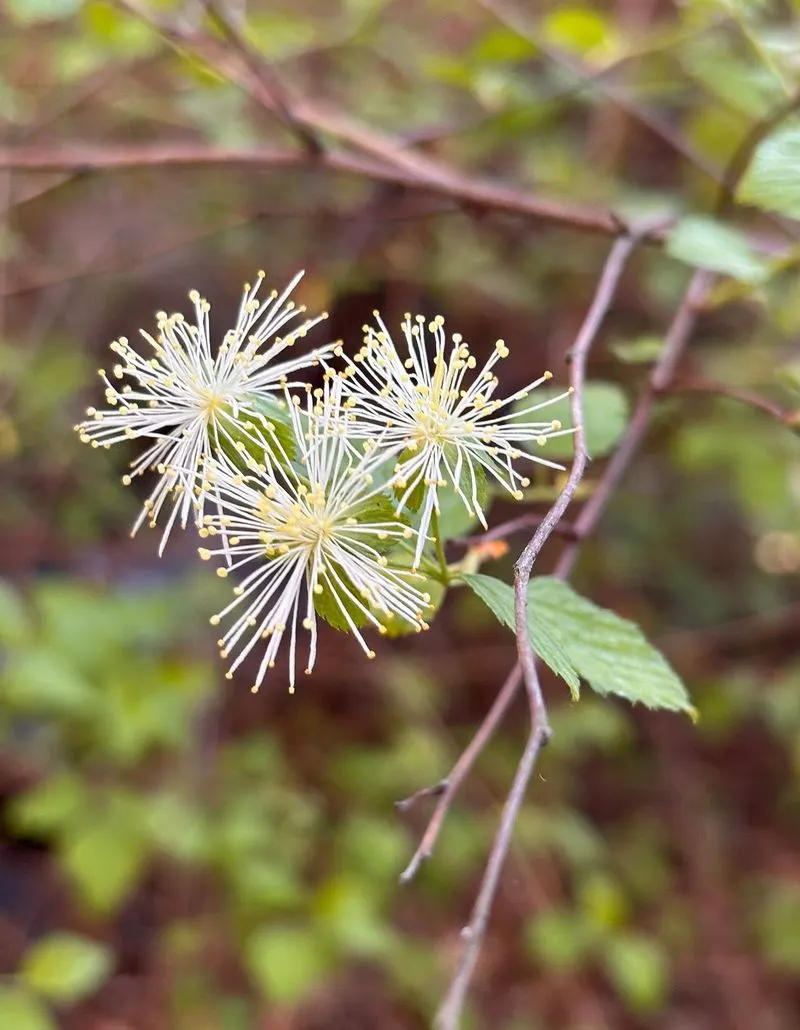
When plants bloom out of their typical season, it’s often a cry for help. This can be triggered by environmental stressors like temperature changes or lighting irregularities.
Imagine roses blooming in winter—it’s a sign something’s amiss.
Addressing these conditions can prevent further disorientation in the plant’s natural cycle.
Interestingly, some gardeners enjoy this off-season bloom, seeing it as a pleasant surprise amidst the usual greenery.
Sticky Residue on Leaves
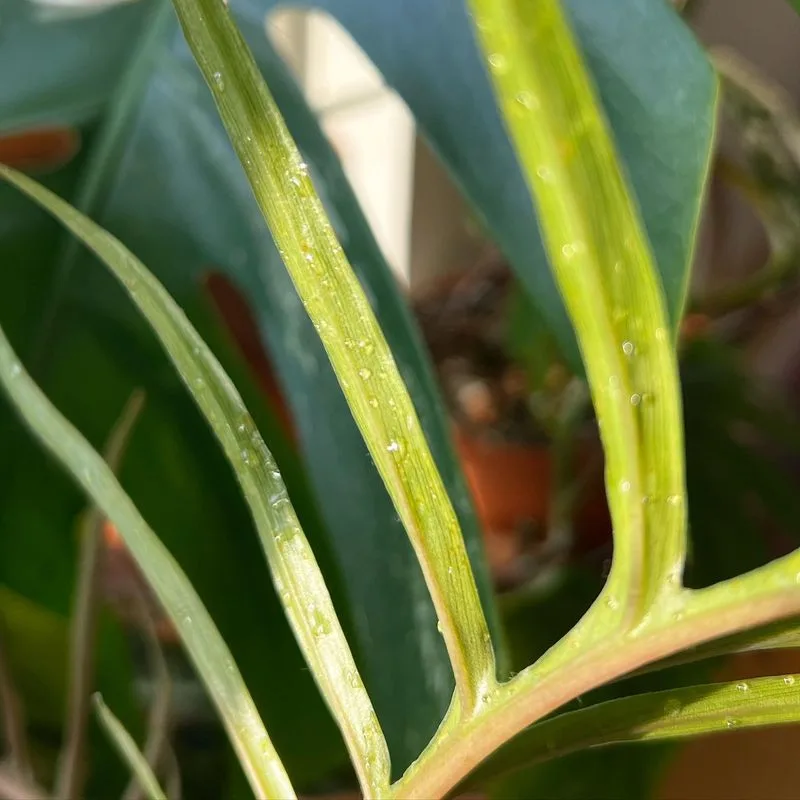
Finding sticky substances on your plant leaves is a clear indication of pest infestation, often aphids or whiteflies.
This residue, known as honeydew, can attract mold and further pests.
Regular cleaning of leaves and using insecticidal soap can help tackle the problem.
Did you know? Some ants even farm aphids for this honeydew, creating a symbiotic relationship.
Sudden Heightened Growth

Rapid, unexpected growth can be misleading. While it might seem like a sign of a thriving plant, it often signals insufficient light.
Plants stretch towards light sources, resulting in tall, leggy growth.
Repositioning the plant or providing supplemental lighting can encourage balanced growth.
Here’s a twist: some gardeners intentionally create this look for artistic vertical displays.
Unusual Leaf Color Change

A sudden shift in leaf color to red or purple can indicate stress, often due to inadequate nutrients or temperature fluctuations.
While alarming, it’s the plant’s way of signaling distress.
Adjusting soil pH or nutrient levels can help restore the plant’s health.
Fun fact: some plants naturally exhibit these colors as part of their seasonal cycle, adding beauty to gardens.
Falling Flowers or Buds
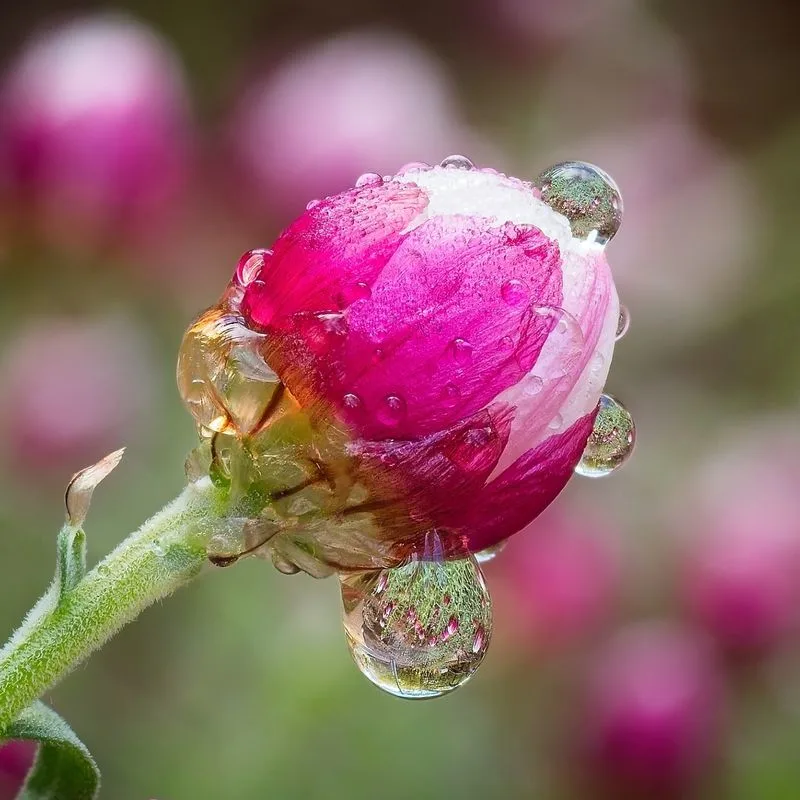
Premature flower or bud drop is a common sign of environmental stress, often linked to overwatering or sudden temperature shifts.
This can affect fruiting plants, reducing yield.
Evaluating watering habits and environmental conditions can prevent this issue.
Interestingly, some plants naturally shed excess flowers to conserve energy, a process known as self-thinning.
Root Rot Indicators

Root rot is a silent killer, often going unnoticed until plants show distress. Mushy, discolored roots are telltale signs.
It usually results from overwatering or poor drainage.
Repotting the plant with fresh soil and ensuring proper drainage can salvage it.
Did you know? Some plant varieties are more resistant to root rot, making them ideal for beginner gardeners.
Brittle, Crispy Leaves

Crispy leaves can be a sign of underwatering or low humidity. The plant’s inability to retain moisture results in brittle, dry foliage.
Increasing watering frequency or humidity can rejuvenate the plant.
Some plants have a natural tendency to develop crispy edges in dry climates, making them drought-tolerant choices.
White Powdery Coating
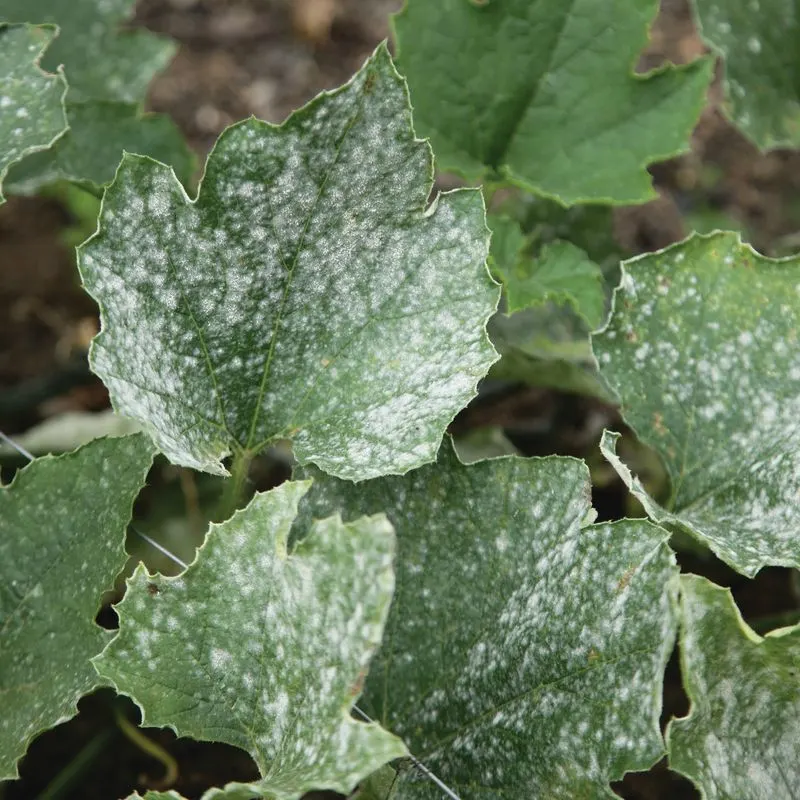
A white, powdery layer on plant leaves typically signals powdery mildew, a common fungal disease.
While it looks alarming, it’s generally treatable with fungicides.
Good air circulation and avoiding overhead watering can prevent its spread.
Interestingly, some plants are more susceptible during certain seasons, making them ideal study subjects for understanding plant diseases.

